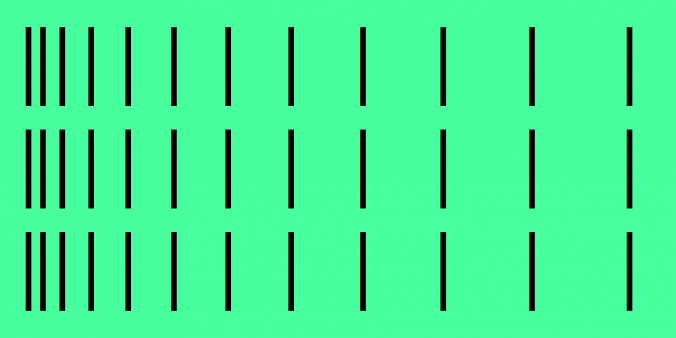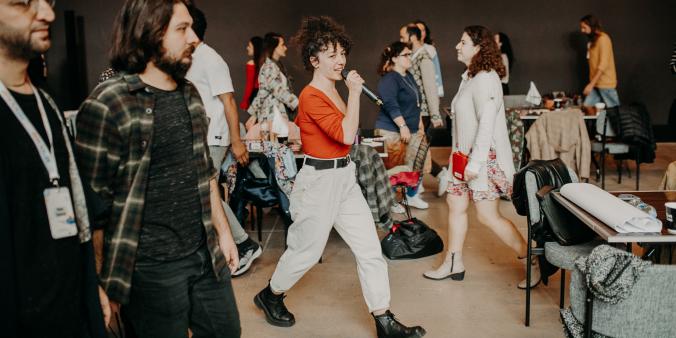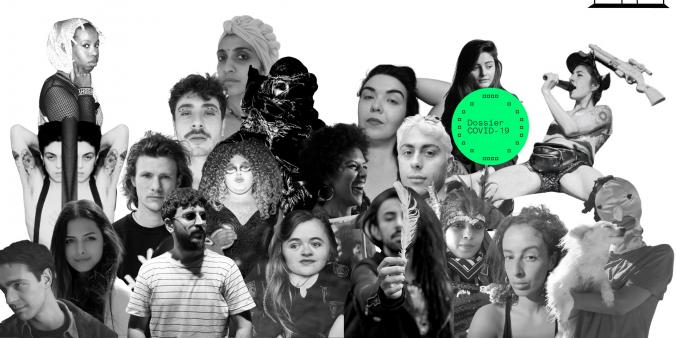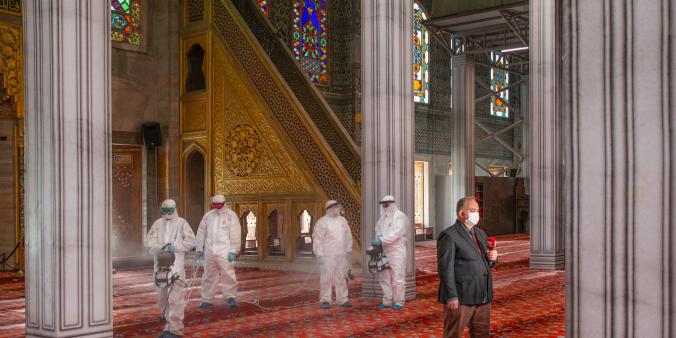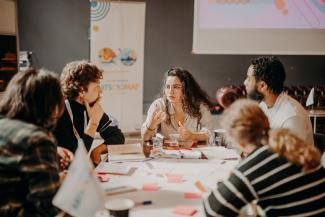
Looking back: focus on bilateral relations, public diplomacy and communication
The international cultural policy of the Kingdom of the Netherlands is aimed at strengthening the bilateral relations between the Netherlands and Turkey. The activities focused on public diplomacy and communication, and in particular the Liveable Cities theme and co-design method.
Dutch arts, design and music have been made more visible than ever on the large-scale festivals and biennials held in Turkey. And as a result, more collaborations between artists and performers from the Netherlands and Turkey were born. This means that the impact of involving Turkey in cultural exchange initiatives from the Netherlands has increased, especially since most cultural activities were part of a series that also included workshops and masterclasses.
The unprecedented year of 2020 was challenging but also brought new opportunities: the 5th Istanbul Design Biennale themed ‘Empathy Revisited: Designs for more than one’ had to be reimagined entirely in terms of space and digital programming. As a result, the biennial has become more accessible to an international audience because of an increase in free online events. Five projects were realised with Dutch designers.
Additionally, nineteen cities in Turkey were explored and brought together at the conference ‘Making Connections through Arts and Culture’, breaking through the Istanbul ‘monopoly’. During the conference, the cultural government and private cultural sector came together for the first time ever and have since been included in the Ongoing Connections programme.
Looking forward: connecting through culture, gender rights and Liveable Cities
Connecting through culture is still the main aim of the Dutch government for the period of 2025-2028. In the coming years, the position of the Dutch cultural sector should become increasingly stronger through increased visibility, exchange, and sustainable collaboration. This is only possible when the local cultural sector is being strengthened and professionalised as well. Capacity building and training programmes will play a significant role here.
Moreover, the Sustainable Development Goals (SDGs) are a key focus. The Liveable Cities programme concentrates on co-designing smart and green mobility, resilient cities and the open and creative city. Certain challenges for Turkey in the fields of urbanisation, climate and water represent opportunities for Dutch architects and designers in the creative industry.
All organisations that play a role in the cultural and creative sector in Turkey or the Netherlands will become part of the ArtsMap platform: an organically growing digital platform for the fields of arts and culture that aims to develop sustainable dialogues between artists, institutions, non-governmental organisations, public and individuals by using the unifying power of arts and culture.
Information & advice
Would you like to receive more information regarding opportunities for cultural exchange with Turkey? Feel free to contact our Turkey advisor Dicle Gülşahin with your questions. We can inform you about the latest developments in the country, relevant contacts and cultural venues.
Further reading
